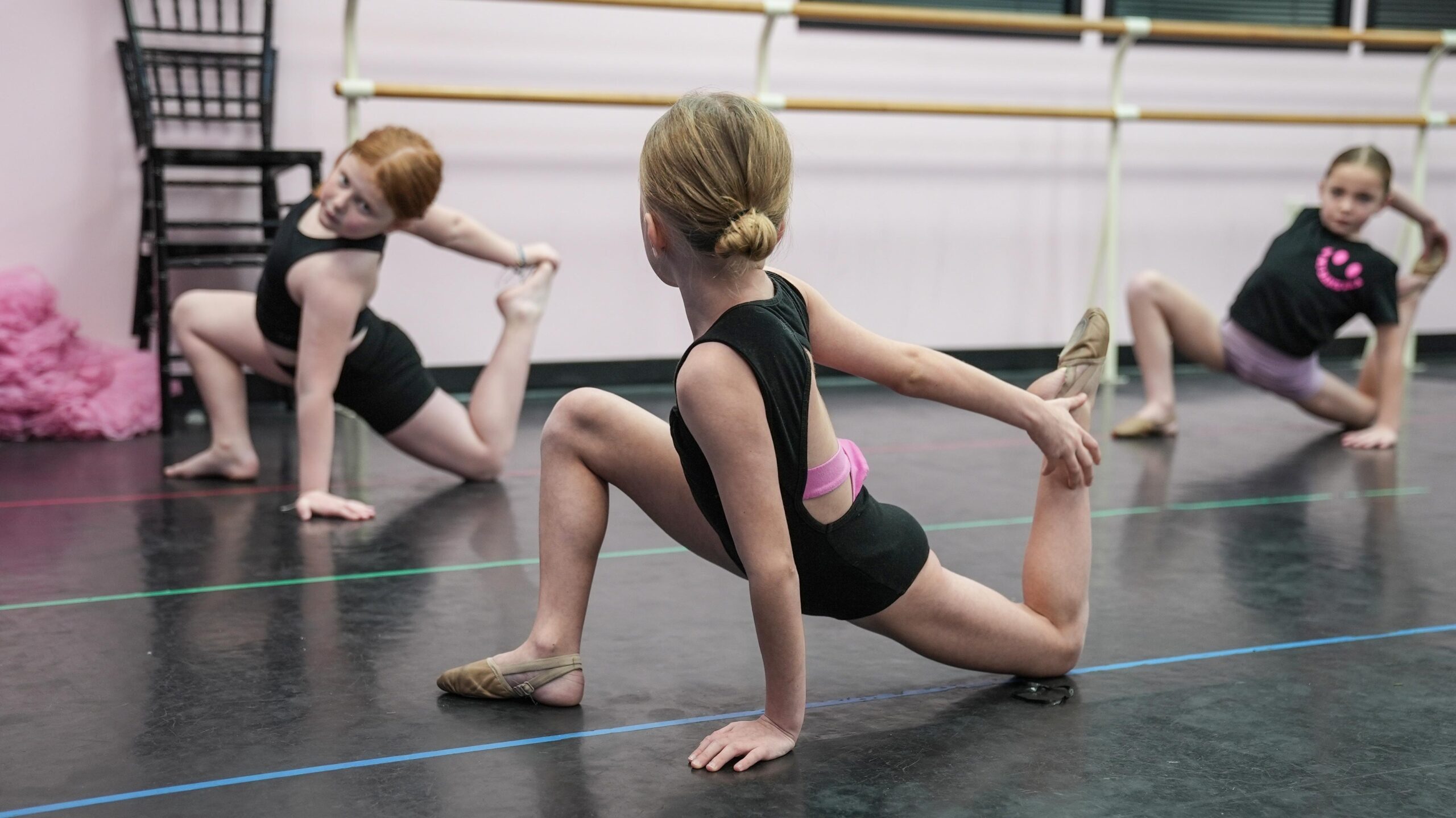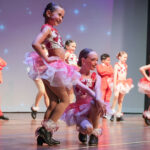The Role of Dance in Developing Physical Fitness and Coordination in Young Children
Dancing offers children much more than a fun activity—it’s also an incredible way to build physical fitness and improve coordination. At NorthPointe Dance Academy, our classes are designed to support young children in developing strength, balance, flexibility, and body awareness, all while enjoying the freedom and joy of movement. Engaging in dancing for physical fitness provides kids with a solid foundation in motor skills, promotes lifelong healthy habits, and helps them establish a positive relationship with physical activity from an early age.
Physical Fitness: Building Strength, Flexibility, and Endurance
Dance is a full-body workout that engages a variety of muscle groups and encourages children to use their entire bodies. As young dancers learn new movements and sequences, they build strength in their legs, arms, and core, improving overall muscular development. Dance routines also increase cardiovascular endurance, giving children the opportunity to boost their heart health through movement.
In addition to strength and endurance, dancing promotes flexibility. Many dance moves involve stretching and bending, helping children increase their range of motion in a safe and supportive environment. These physical benefits gained from dancing for physical fitness not only support a child’s overall health but also benefit them in other physical activities and sports.
Coordination: Mastering Balance and Precision
Coordination is a crucial skill for young children, and dance offers an ideal setting to develop it. Dance requires children to synchronize their movements to the rhythm of the music, helping them develop a sense of timing and control. Through repetition and practice, children become more aware of how their bodies move in space, improving balance and precision with each step.
At NorthPointe Dance Academy, we encourage our young dancers to engage in exercises that build coordination in a fun and interactive way. For example, when learning a new dance routine, children practice moving different parts of their bodies independently, which strengthens their motor skills and helps them gain a stronger sense of body control. This coordination translates into improved balance and agility, setting them up for success in various physical activities.
Body Awareness: Understanding Movement and Space
A significant part of dancing for physical fitness is developing body awareness—the understanding of how to move the body efficiently and purposefully. Through dance, children learn spatial awareness, which helps them move confidently without bumping into others. This body awareness becomes especially important as they grow, aiding them in sports, playground activities, and even everyday tasks.
Dance classes allow children to explore different ways of moving, from large, sweeping motions to small, controlled gestures. By experimenting with movement, they gain an understanding of their own physical abilities and limitations, which is essential for injury prevention and safe play. This newfound body awareness enhances their confidence and independence, as they begin to trust their ability to control their own movements.
Promoting a Positive Attitude Towards Fitness
At NorthPointe Dance Academy, we believe that dancing for physical fitness should be fun and engaging. By participating in an activity that combines fitness with creativity and self-expression, children are more likely to develop a positive attitude towards physical activity. This positive experience helps establish lifelong habits that encourage children to stay active, which benefits their physical and mental well-being.
Dance classes provide a supportive environment where young children can explore movement without the pressure of competition. They learn to appreciate the joy of movement for its own sake, building a love for staying active that can extend into adolescence and adulthood.
Social and Emotional Benefits Through Physical Movement
Dancing for physical fitness also brings social and emotional benefits. Dance classes encourage social interaction, teamwork, and communication, as children work with peers to learn routines and perform together. This social aspect helps young children develop their interpersonal skills, building connections with others through shared experiences.
Emotionally, dance offers children a way to express themselves, release energy, and gain confidence in their abilities. These social and emotional aspects, combined with the physical benefits, create a holistic approach to well-being that supports children’s growth in many aspects of their lives.
Dance as a Foundation for Fitness and Coordination
Dance provides young children with a unique combination of physical fitness, coordination, and body awareness, all within a supportive and enjoyable environment. Dancing for physical fitness at NorthPointe Dance Academy helps children build strength, flexibility, and endurance while enhancing their balance and coordination. More importantly, dance instills a lifelong love for physical activity, setting children on a path to a healthy, active lifestyle.
If you’re ready to see how dance can positively impact your child’s physical and emotional well-being, contact NorthPointe Dance Academy today to schedule a free trial class and experience the benefits firsthand!





